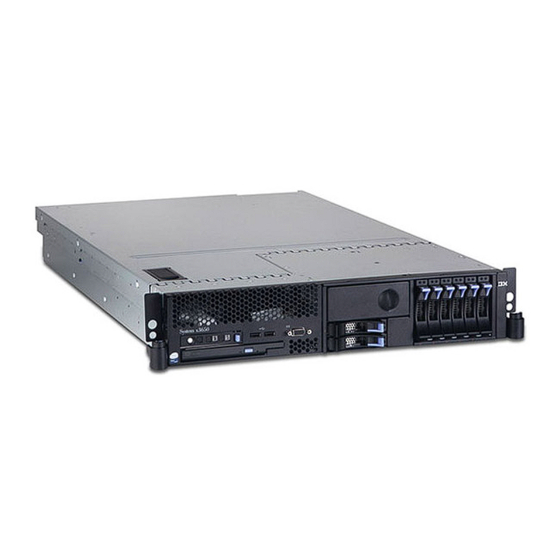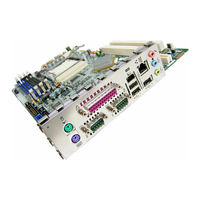
IBM Carrier Grade X3650 T Server Manuals
Manuals and User Guides for IBM Carrier Grade X3650 T Server. We have 2 IBM Carrier Grade X3650 T Server manuals available for free PDF download: Configuration And Options Manual, User Manual
IBM Carrier Grade X3650 T Configuration And Options Manual (548 pages)
IBM eServer Configuration and Options Guide
Table of Contents
Advertisement
Advertisement

